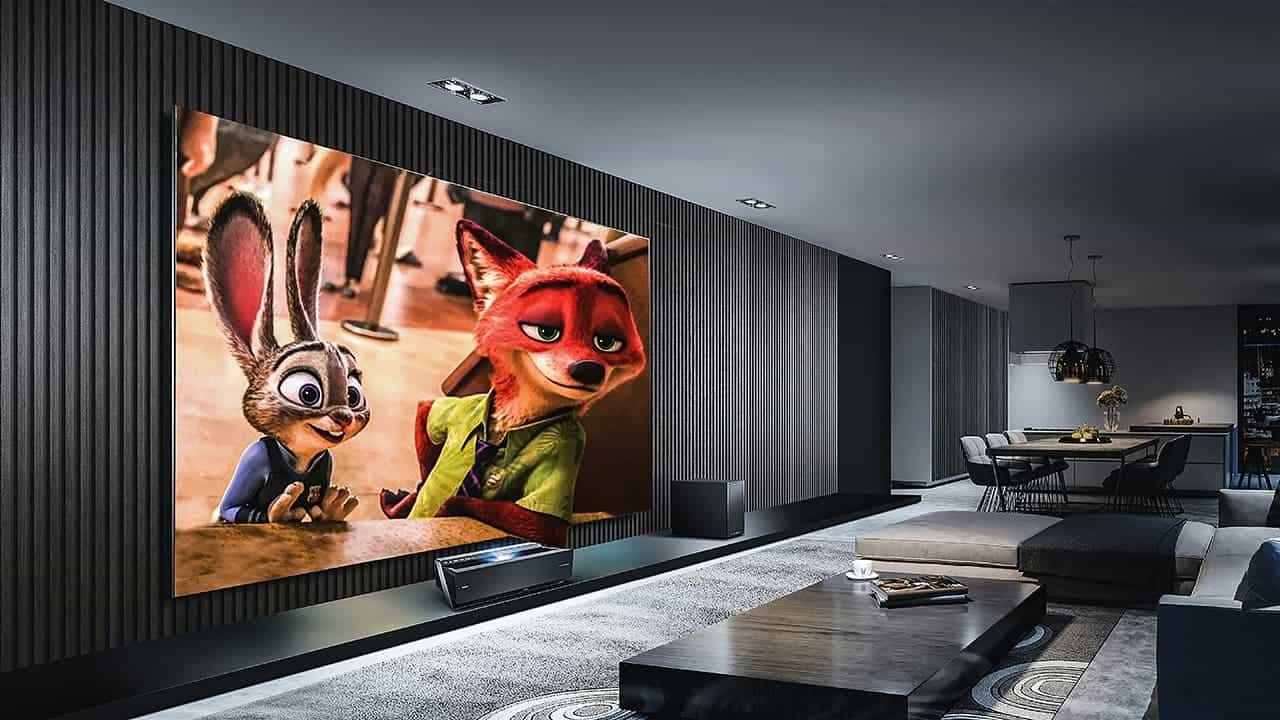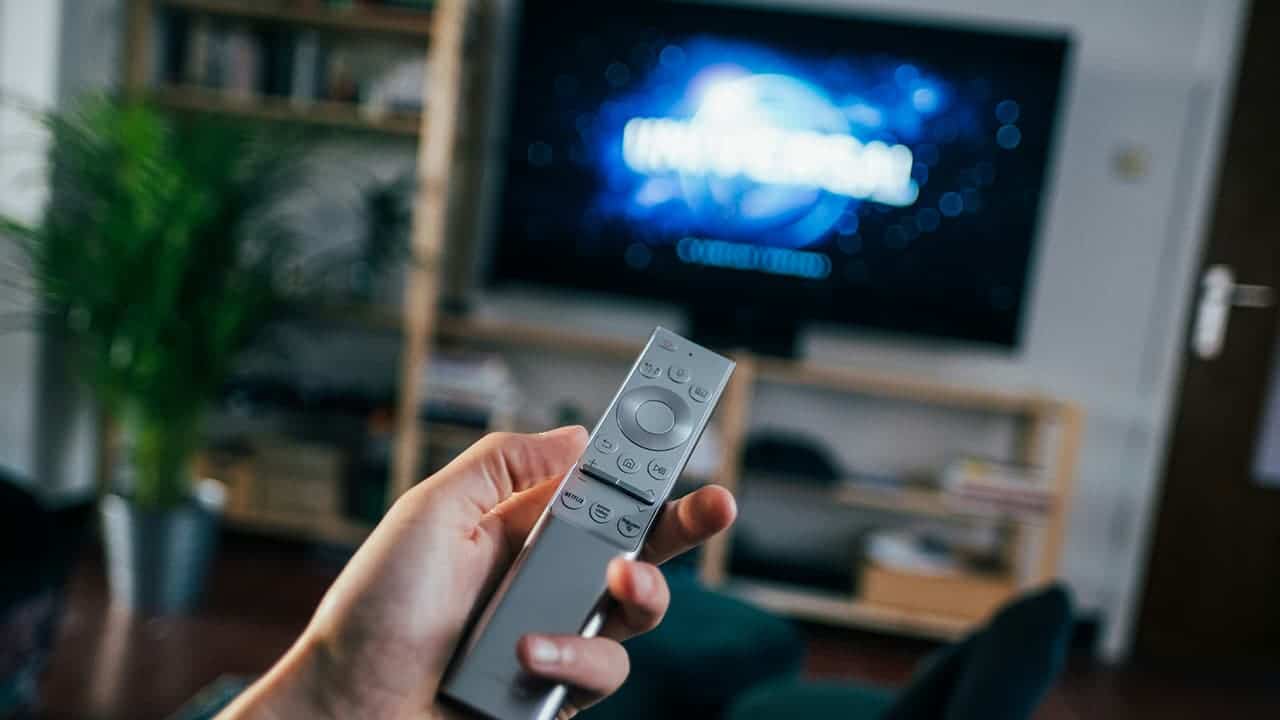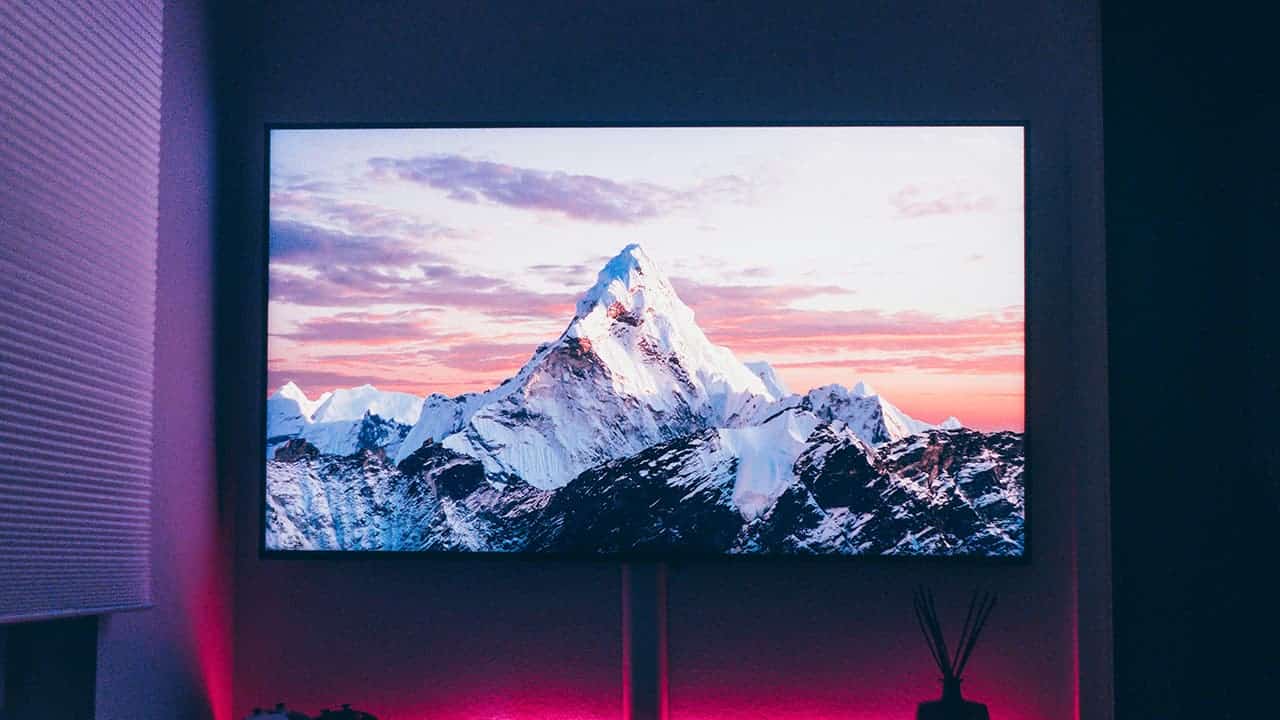Ever watch a movie and feel like something’s off? The colors might seem dull, the picture blurry, or details lost in darkness. This doesn’t necessarily mean your TV is on its last legs. Even the latest models, crammed with fancy features, often come out of the box with less-than-ideal picture settings. All this may make you wonder what you need to do to boost TV picture quality.
You don’t need to upgrade your TV or invest in expensive calibration tools to enjoy a stunning viewing experience. This guide will unveil some simple tweaks you can make to unlock the hidden potential of your TV, whether it’s a brand-new smart model or a trusty companion for years.
So, ditch the picture frustration and get ready to be amazed by what your TV can truly do!
Home Theatre Environment Can Boost TV Picture Quality

Imagine a darkened cinema, the projector casting a vibrant image onto the big screen. That’s the magic we’re trying to recreate at home. Most TVs and the content you watch are designed for a theater-like environment, which might not be your living room flooded with sunlight.
The key? Take control of the light. Block out windows with blackout curtains or blinds. Turn off overhead lights and lamps. This creates a darker environment, letting your TV’s picture shine. Pro tip: Bias lighting, like LED strips behind your TV, can add a subtle glow that improves contrast without straining your eyes.
Can’t always keep the lights off? No worries! Adjust your viewing habits. Bright cartoons or sitcoms look great in the afternoon. But for darker shows or movies with intense visuals, wait until nighttime for a more immersive experience. Trust us, that dragon fight will be way cooler in the dark!
Work With Presets

Let’s explore the picture presets most TVs offer. These include generic options like “sports” or “dynamic” that adjust brightness, contrast, and sharpness. While convenient, they might not always deliver the best picture for your content.
Often, the “cinema” or “movie” presets are a better choice. However, even these can crank up brightness and sharpness unnaturally. Here’s a hidden gem: Look for “Filmmaker Mode.” This collaborative effort by filmmakers, studios, and tech companies aims to display content exactly as the director intended, offering a more authentic viewing experience. Give it a try and see if it becomes your new favorite!
Repositioning the TV Can Also Give it A Picture Quality Boost

Picture quality isn’t just about what’s on the screen, but also how you see it. Often overlooked is your TV’s placement. If you find yourself craning your neck or squinting to see the screen, it’s time to adjust!
Sure, some newer TVs boast wide viewing angles and fancy anti-glare tech. But these are meant to be flexible, not an excuse to shove your TV in an awkward corner. Ideally, your TV should be centered at eye level when you’re seated comfortably.
Distance matters too! Experts recommend a viewing distance between 1.5 and 2.5 times the diagonal length of your TV. This sweet spot ensures a clear picture without straining your eyes. Remember, a comfortable viewing experience goes a long way in boosting perceived picture quality.
Bonus tip: Worried about your TV dominating the room? Modern TVs are incredibly thin and some even display beautiful artwork when off. Check out Samsung’s lifestyle TVs for a blend of technology and aesthetics!
Fine Tune the TV Settings to Give It A Quality Boost

Now that your TV is positioned for optimal viewing, let’s delve into the settings menu! Most TVs come with default picture settings that might not be ideal. Here are some key adjustments you can make to squeeze the most out of your picture quality:
- Brightness: Don’t be fooled! The “brightness” setting often controls black levels, not overall screen light. Keep brightness around the middle, but adjust the backlight to truly illuminate the screen and reveal details in darker scenes.
- Contrast: This setting controls the intensity of whites on your screen. Bumping contrast slightly above 50% can usually improve the picture.
- Sharpness: High sharpness can create a grainy, unnatural image. Try lowering sharpness below 50% or even all the way down. Look for halos around objects – that’s a sign the sharpness is too high. Remember, sharpness enhances edges, not overall clarity.
Take some time to experiment with these settings. The “perfect” picture will vary depending on your TV model, lighting conditions, and personal preferences. Trust your eyes and adjust until the picture looks natural and pleasing to you.
Disable Motion Smoothing

Have you ever noticed your favorite movie looking strangely smooth, almost like a daytime drama? That’s likely the culprit of motion smoothing, also known as interpolation. This feature inserts artificial frames between existing ones to create a “smoother” image.
While it might be helpful for fast-paced content like sports or reality shows, motion smoothing backfires on most modern movies and TV shows. It creates the dreaded “soap opera effect,” making everything look unnaturally smooth and robbing the content of its intended cinematic feel.
The good news? Disabling motion smoothing is usually quite easy. Look for settings named “motion smoothing,” “interpolation,” or anything that mentions “soap opera effect.” Turn it off, and enjoy your content the way the creators envisioned it!

